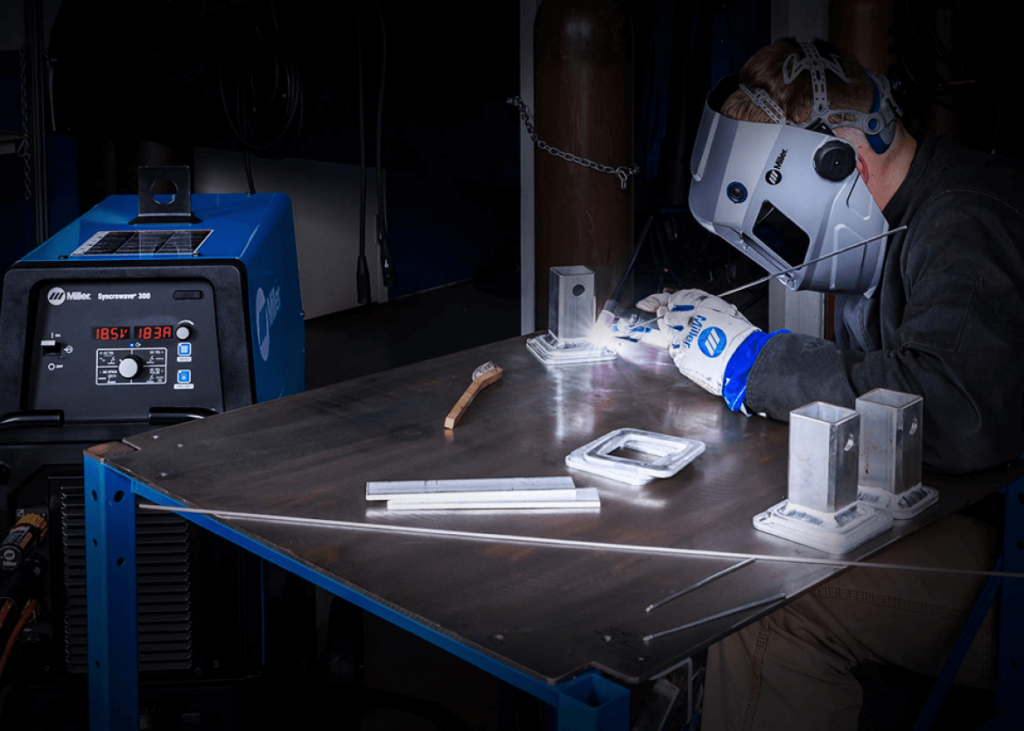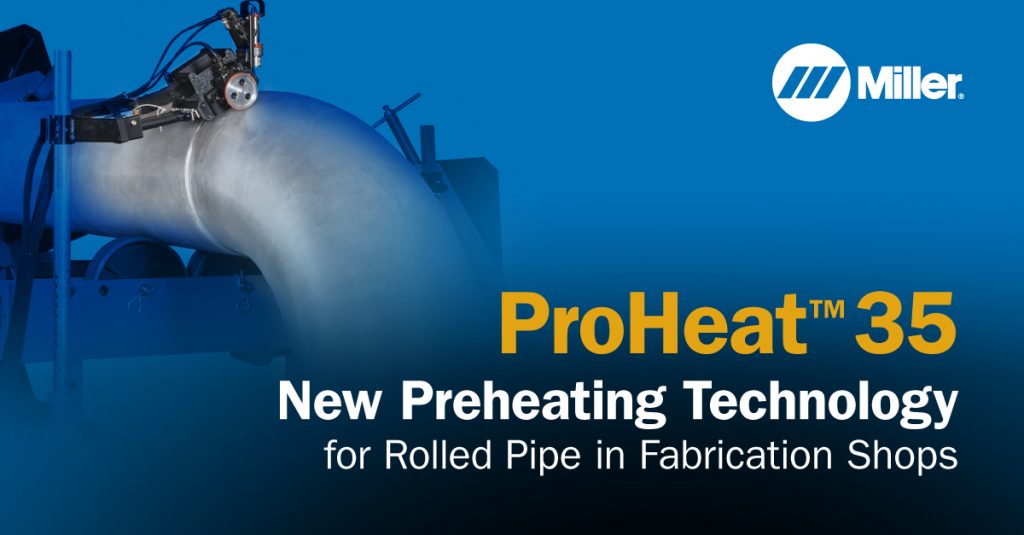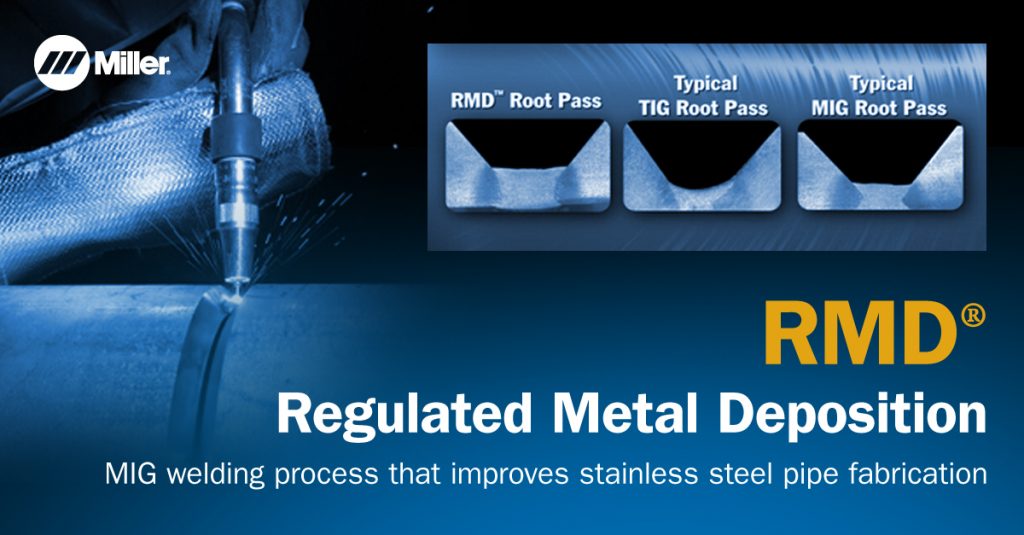The goal of any welding operation is to create quality products for customers, while also managing costs and maintaining the desired levels of productivity.
From supply chain disruption to production delays, 2020 brought a new host of challenges for manufacturers. While many companies have continued operations through the disruption caused by COVID-19, it’s been far from business as usual.
What does a post-pandemic world look like for manufacturers? Many operations will look for ways to streamline or improve agility in people, equipment and the supply chain.
The World Economic Forum, in a recent white paper about rebounding from the COVID-19 pandemic by improving resilience in manufacturing and supply systems, concluded that key imperatives to ensure long-term success include rapid tailoring of manufacturing and supply systems to changing customer behavior; agile manufacturing and supply system setups enabled by advanced technology; and adoption of new ways of working to increase manufacturing resilience.
“During the crisis, companies that were able to respond quickly due to a flexible and agile setup had a clear advantage,” the report states.
John Doe Tweet
In today’s economic environment, it’s important to be productive even with varying demand and to have the ability to adjust manpower and machinery capital to include deployment in other parts of the factory based on product mix and customer demand within challenging economic cycles. It’s also key to utilize labor and equipment solutions that maximize value-added activities and minimize non-value-added activities (such as setup time) and quality problems that include scrap, rework and grinding for metal fabrication and welding.
Metal fabrication and welding are key parts of many manufacturing operations — and an area where companies can find efficiencies that contribute to improved productivity and flexibility overall.
Consider these factors that can help manufacturers optimize their welding operations in the current environment.
Adjusting to labor needs
The ability to bring in new employees easily and move people within the operation as needed helps manufacturers become more agile. Agility in the welding operation is increasingly important due to the shortage of skilled welders.
Welding is a highly diversified field, but one commonality across processes is that it’s highly dependent on hand-eye coordination. It’s important to have employees who are confident in their skills, and manufacturers can do their part by providing technologies that help operators maximize their performance with greater visibility and a wider operating window of the technique used when welding. Some examples include:
- New welding helmet technologies like ClearLight™ Lens Technology from Miller that have led to improvements for auto-darkening welding lenses, improving a welder’s visibility by allowing a greater range of colors to come through the lens. This gives welders a clearer view of the weld pool and surrounding workpiece while welding and improves training cycles and operator performance by enabling better hand-eye coordination.
- Intuitive, easy-to-use welding power sources. More power sources used in general fabrication applications are being designed with ease of use and simplified interfaces in mind. Machines like the Syncrowave® 300 and Syncrowave® 400 are designed to deliver more stable arcs and better arc-starting characteristics, making it easy for any welder to get more done and do better work.
- Welding intelligence solutions that electronically gather data that manufacturers can use to drive positive change. Technologies like Insight Welding Intelligence™ from Miller can provide work instructions while the operator is welding — for immediate feedback to help correct mistakes or inconsistencies — and also help operations track quality levels using real-time data.
All of these technologies can help deliver better weld quality and less rework. When operators spend less time grinding, adjusting parameters or completing rework, they can spend more time welding. As a result, the manufacturing operation can increase capacity for value-added activities, take on more projects and boost revenue.



